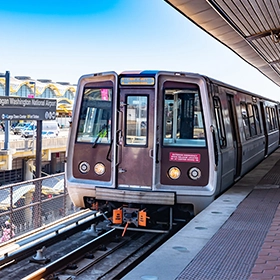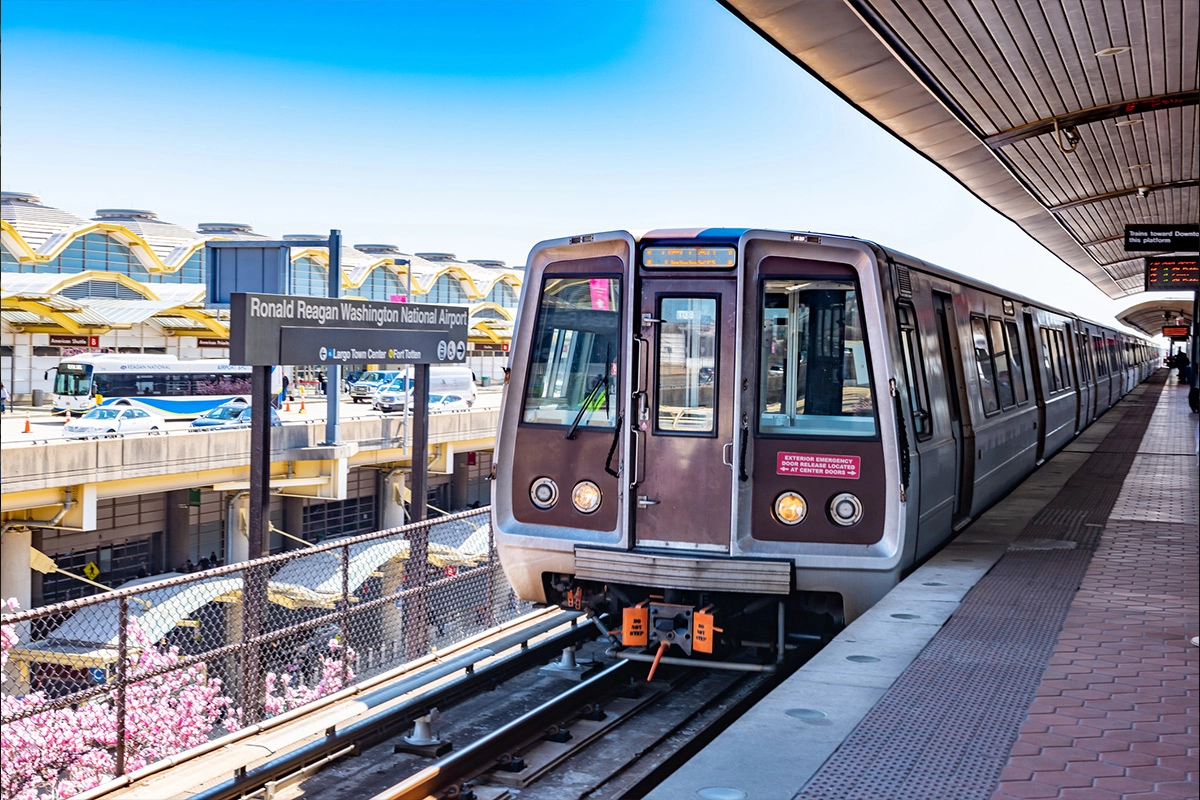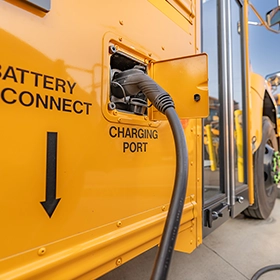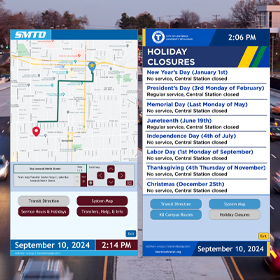Home » News & Resources » Transit Ridership » Boost Ridership for Public Transit

Boost Ridership for Public Transit
Ever since COVID-19, public transit agencies have come up with different strategies to boost ridership. Public transit ridership reached an all time low when COVID-19 restrictions hit. With everyone working from home, it impacted public transit in a way unseen before.
Boosting Ridership for Public Transit
Published: 01/06/2023

Ever since COVID-19, public transit agencies have come up with different strategies to boost ridership. Public transit ridership reached an all time low when COVID-19 restrictions hit. Remote work impacted public transit in a way unseen before.
In 2019, right before the COVID-19 pandemic started, Metro has reported its lowest ridership levels in 20 years. This was attributed to several factors such as station closures, unreliability of service during the weekends, and more. Little did the public transit agencies know how different the world would be in just a few short months.
Fast forward until today, most of the workforce has returned to work, and while that has helped a lot to boost ridership, public transit agencies have been coming up with different incentives to get more riders to use their services. Not only for commuting to work, but also for attending events and leisure activities.
To this day, public transit has been dealing with the losses, and finding ways to impact ridership in a positive way. From offering free fares and extending their service, all to increase ridership.
WMATA extends service
The Washington Metropolitan Area Transit Authority (WMATA) extended service and provided free service during the holidays. Also, they teamed up with the Commanders in December 2022 to cover the $100,000 cost to run more trains, keep all 97 stations open, and other operational expenses.
DC also unveiled a plan to boost public transit; offering free rides to residents. Other major cities such as Boston and Denver have also provided free fare transportation in order to boost ridership.
This seems to be the new trend with public transit ridership; from extending service, to providing free service. At least at some peak times; or even free fare all the time. This has enticed riders to use more public transit for their daily commute and leisure travel.
Categories
Public TransitTransit Ridership
Mask Mandate
Commuters/Commuting
Transit Display/Digital Signage
Accessibility Commuter Rail
Recent Posts

Electric School Buses Driving Towards a Greener Future
Electric school buses are currently on high demand, and following the trend of public transit with the transition to clean energy.

Redmon Transit Display Expands Digital Signage Capabilities
Redmon's Transit Display, a leading provider of digital signage solutions for public transportation, is excited to announce the release of new features for its industry-leading digital signage system.